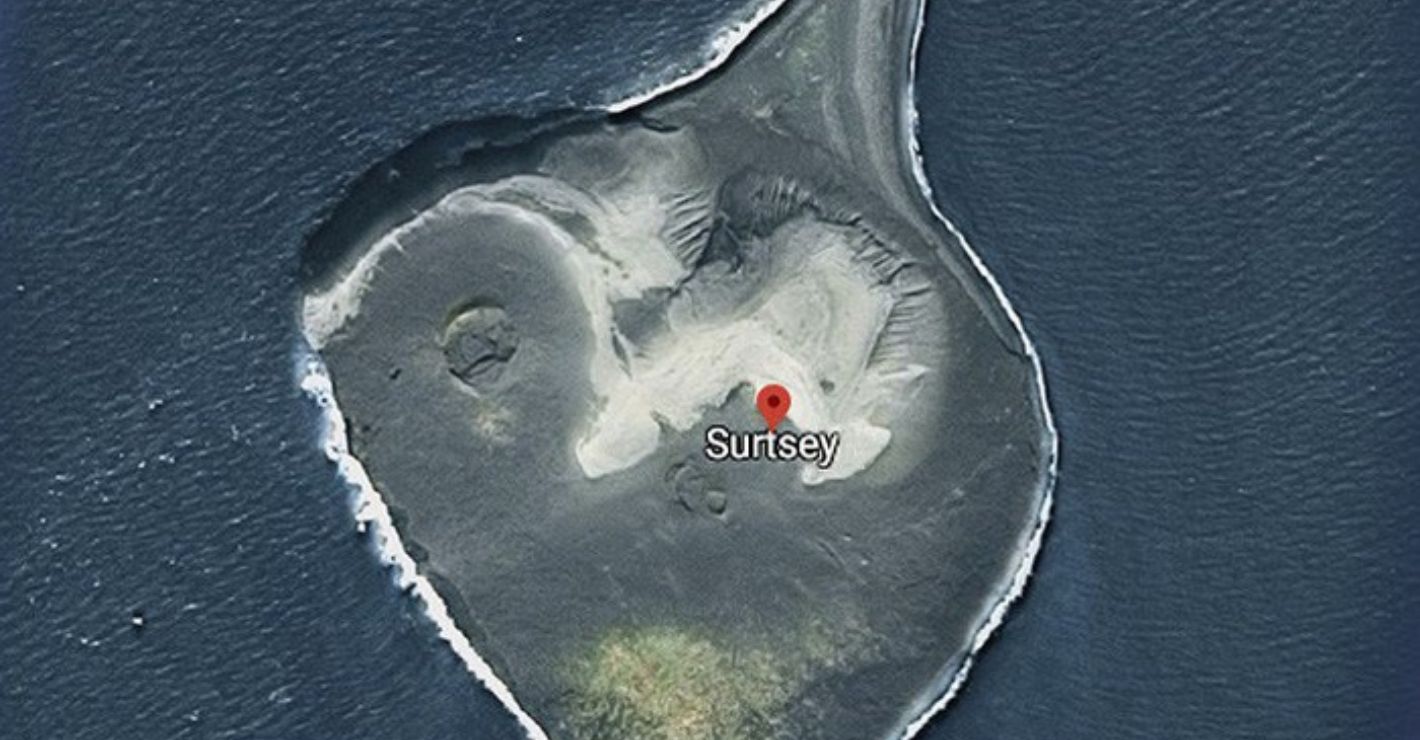
25 Jun There Is A Forbidden Island In The North Atlantic And It Has Only Existed Since 1963
From acclaimed novels like Robinson Crusoe to dramatic television series like LOST, it seems humans have always had a fascination with remote and abandoned islands. For some, it would be a dream come true to live on a deserted island, for others, it would be a living nightmare.
Whenever I hear about a forbidden location, it just makes me want to visit it even more, especially when that forbidden location happens to be in Iceland. If you haven’t been to this small Nordic island nation, then what are you waiting for?

Who doesn’t love glaciers, lava fields, geothermal hot water, a rich cultural and mythical heritage? But perhaps most importantly, who doesn’t love volcanos? In fact, a volcano is exactly how Iceland’s forbidden island of Surtsey was created in 1963.

The volcanic eruption lasted for three years, forming the island, which is completely off-limits to the public. Only a handful of scientists are allowed anywhere near it because researchers want to see what happens when a landmass is left completely untouched.
For more information on this amazing island, check out the video below: [[jwplayerwidget||http://content.jwplatform.com/videos/BMRmTKMS-Q0L14jDU.mp4||BMRmTKMS]]
This way scientists can discover how an ecosystem evolves without human involvement. Therefore, Surtsey is one of the few places that is considered completely forbidden.
Yes, that’s right. If you’re thinking all this sounds familiar, it may be because Surtsey was in the news a few years back when seemingly a tomato plant started growing on the island out of nowhere.

Since the few researchers who are allowed on the island are strictly forbidden from bringing anything with them and are meticulously checked for contaminants, especially foreign seeds, the arrival of a tomato plant was baffling.
Did tomatoes really just spontaneously appear? Well, no. It seems one scientist was not following the rules and actually pooped on the lava field, causing contaminants to be allowed into the otherwise protected space.

Luckily, the only damage done was the one plant, which was quickly removed to preserve the ongoing research. No word on whatever happened to that pooping scientist. Other plants did begin to grow on Surtsey, though, namely a couple different types of moss, which are common in Iceland.

Soon other forms of plant life began to inhabit the island, the first bush being a type of willow. Over time, 69 different plants have grown on Surtsey, 30 of which are now established. That compares to the 490 different plant species found in the rest of Iceland.
Birds have also begun to inhabit the island, including groups of gulls, fulmar, and puffins. There are now 12 bird species on the island. As well, as expected, marine life, such as seals, have made it to the shores of Surtsey.

However, due to erosion, Surtsey is continually shrinking. The ocean is steadily carving away at the volcanic island, and it is very unlikely that any additional volcano actively would reexpand Surtsey’s borders. That being said, the rate of erosion is slow.

For more abandoned places, check out the video below to see where else humans are banned from entering: [[jwplayerwidget||http://content.jwplatform.com/videos/ROXxGIG8-dkXnENEs.mp4||ROXxGIG8]]
Scientists predict that it won’t be until approximately the year 2100 that Surtsey will be at or below sea level. However, other small islands in the area, such as the Vestmannaeyjar archipelago, which was formed in a similar way thousands of years ago, are still partially visible above the water today.

Only time will tell what will happen to Surtsey in the long run, but surely it will be enough time for researchers to collect the data they need.
The post There Is A Forbidden Island In The North Atlantic And It Has Only Existed Since 1963 appeared first on Viral Thread.


Sorry, the comment form is closed at this time.